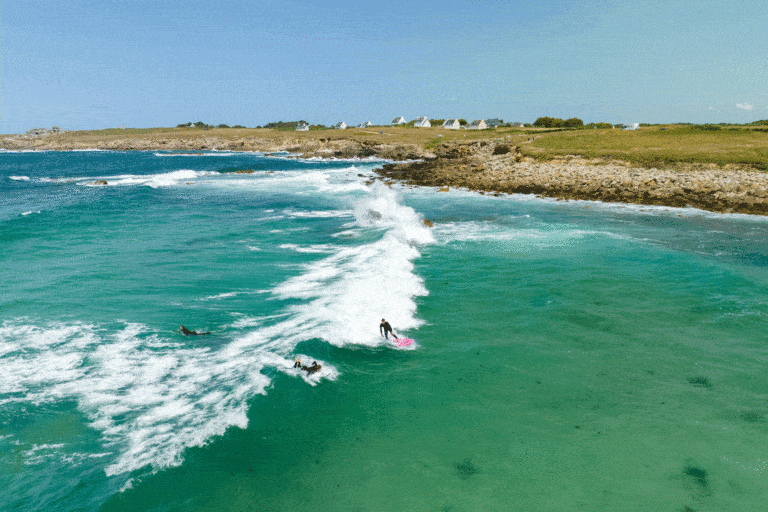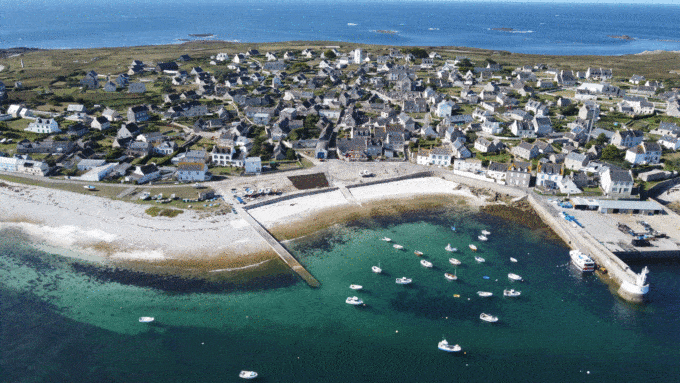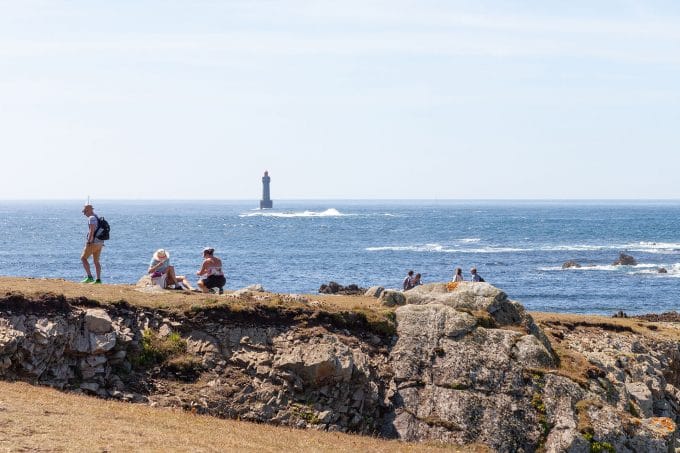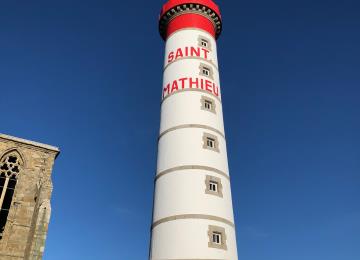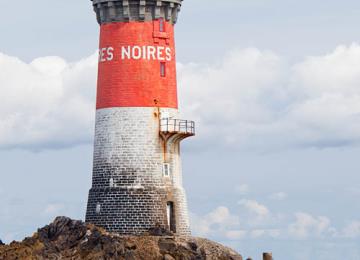Pointe Saint-Mathieu discovery walk
- Pedestrian
- 4 Km
- Easy
- Walks
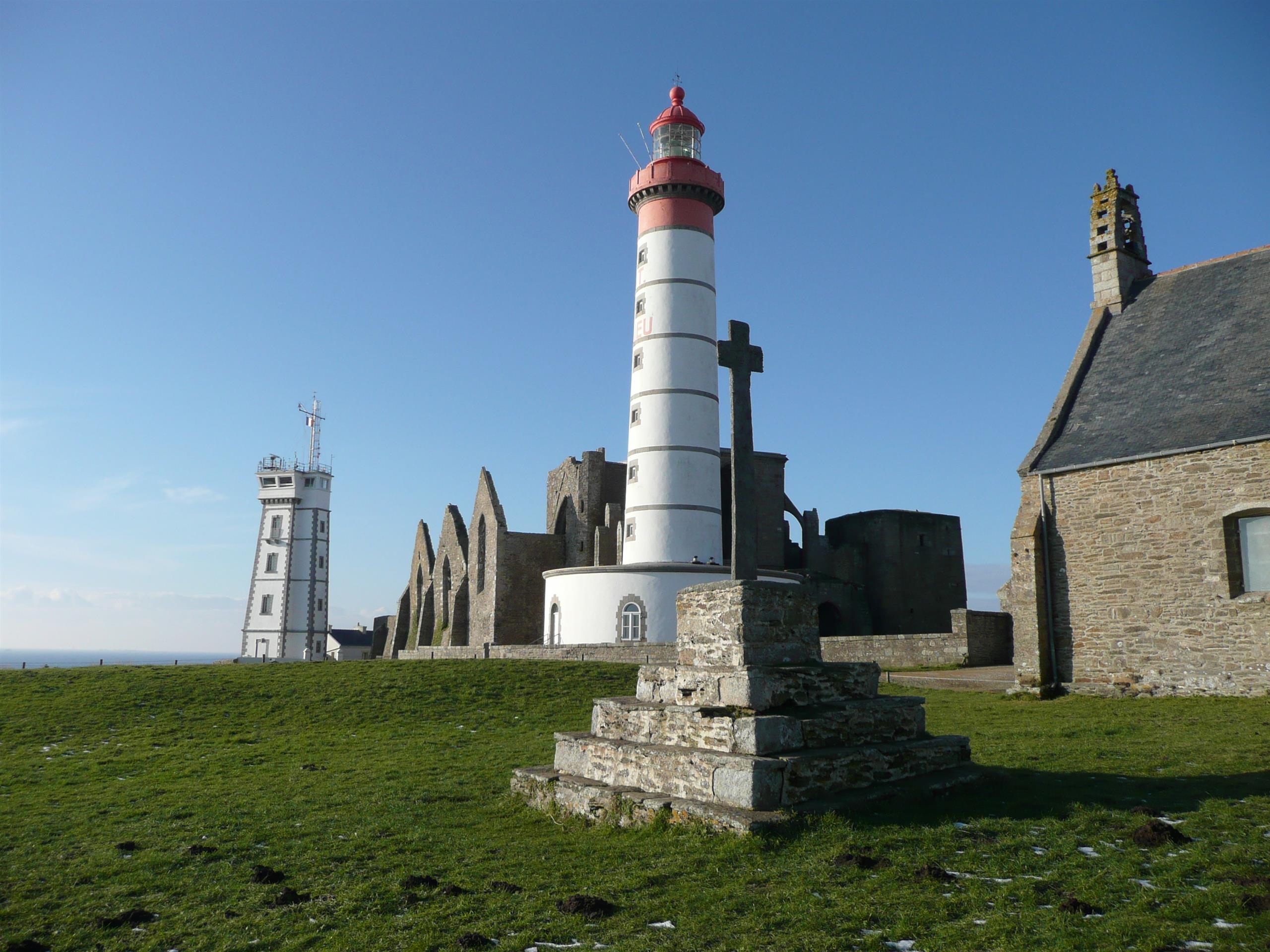




About us
Put on your sneakers and let yourself be captivated by the magnificent panorama offered by Pointe Saint-Mathieu.
A place rich in history with a strong religious interest.
Along the way, you'll discover the Pointe Saint-Mathieu lighthouse, the old abbey, the abbey museum (which will tell you a lot about Saint Mathieu), the Notre-Dame de Grâce chapel, blockhouses, the Mémoires 39-45 museum and, above all, breathtaking scenery.
The circuit is a memorial trail featuring several granite blocks bearing the names of the boats and their crews that disappeared.
At the Iroise Bretagne Tourist Office, you'll find hard-copy hiking maps and topoguides published by the Fédération Française de Randonnée du Finistère.
At the bottom of the page, see all the activities and restaurants in the area.

